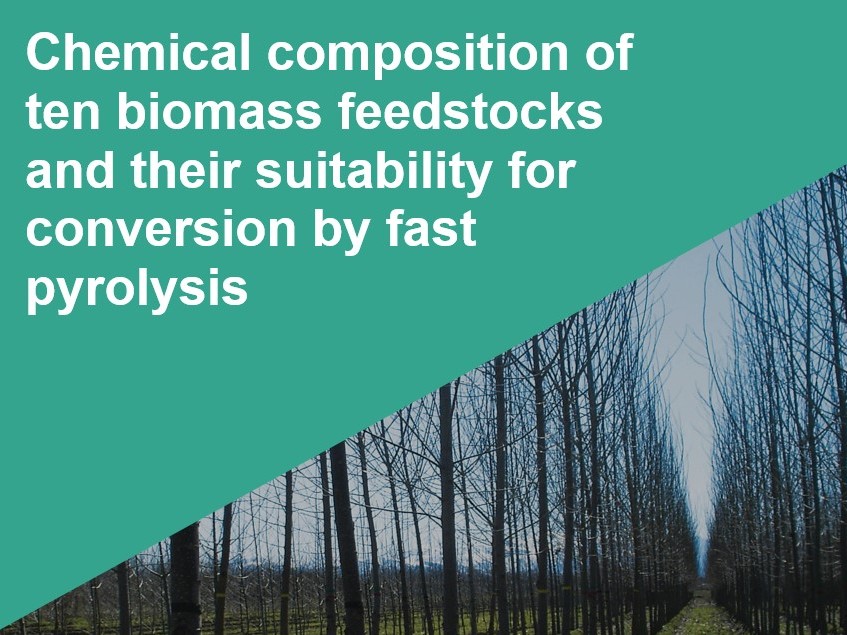Study identifies most promising feedstocks for pyrolysis based biorefinery
Feedstock composition A shortlist of 10 feedstocks were studied, focusing on residues from agriculture, food/feed processing and forestry: Hemp shives, Flax shives, Flax pellets, Wheat straw, Olive kernels, Sunflower husks, Poplar wood slabs, Softwood, Hardwood (poplar) and Phytoremediated poplar wood. These feedstocks were selected based on a previous study into biomass availability as well as their suitability for processing and sustainability parameters. Capax first investigated the physical properties of each feedstock including particle size and moisture content. This was followed by a chemical characterisation, analysing lignin/cellulose/hemi-cellulose ratio, and ash and mineral content. Effect on pyrolysis products and fractions To analyse the effect on quality and yield of fast pyrolysis bio-oil - the main product of fast pyrolysis - each of the feedstocks were converted by BTG Biomass Technology Group at their plant in the Netherlands. The highest yield was obtained from the softwood dust, while the worst result came from the wheat straw. Finally the bio-oils obtained from the different feedstocks were extracted to obtain lignin and sugar fractions. In general, no large differences were found during the extractions. Based on these results and other criteria including ease of handling and sustainability, a ranking was made, with sunflower seed husks and poplar wood slabs coming out on top. New bio-based products The lignin and sugar fractions are renewable chemical intermediates that are being used by downstream partners in the Bio4Products project to substitute fossil materials such as phenols and creosote. Hexion is using the pyrolytic lignin to replace fossil phenol in moulding compounds and insulation foams. TransFurans Chemicals are testing how the sugar fraction can be applied in furan based resins, and is working with Foreco to develop a formulation for wood modification. Partners are reporting positive results, and it is expected that new bio-based products could hit the market soon after the project closes in 2020. Find out more at www.bio4products.eu



